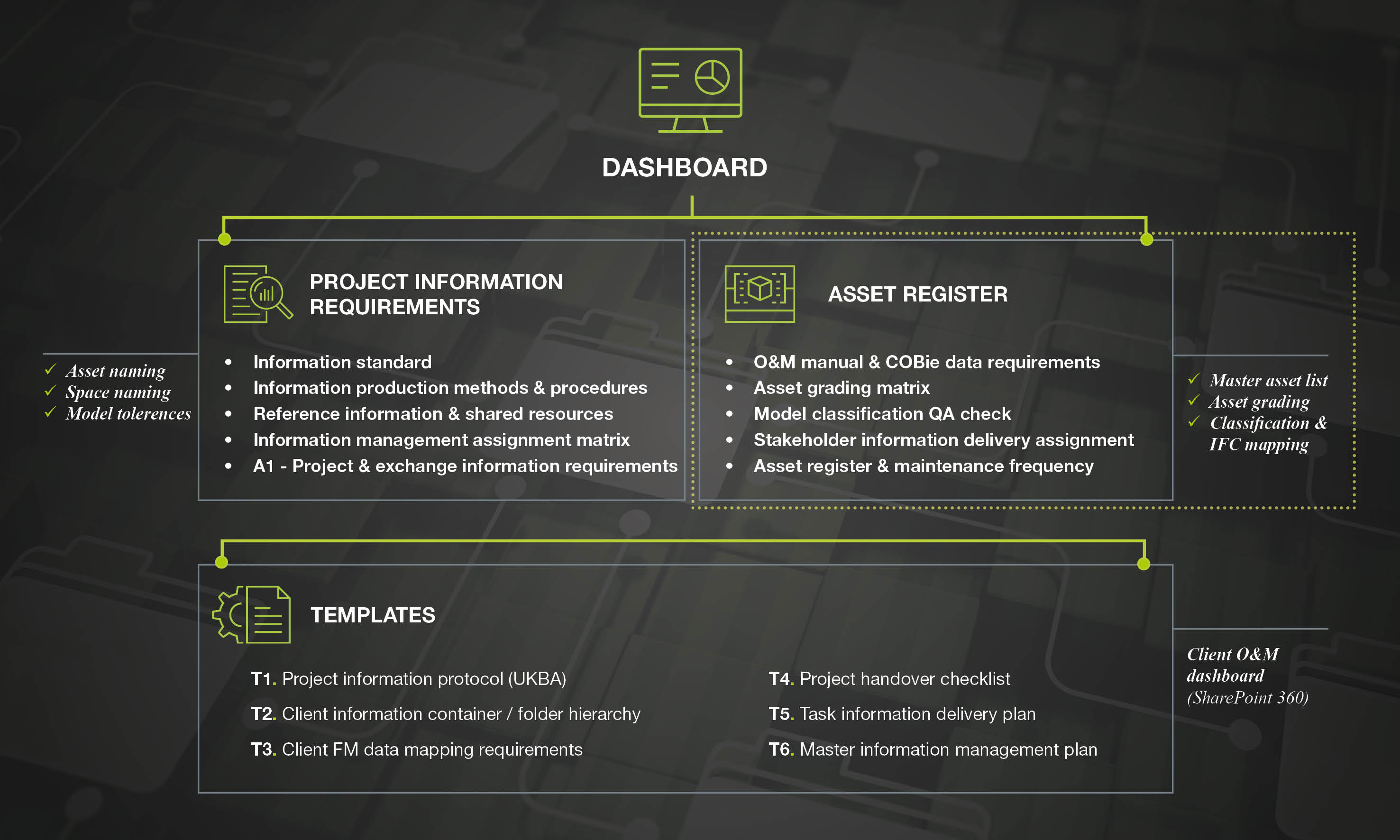BakerHicks develops Standard Information Management Plan resource for SFT

BakerHicks has played a leading role in the development and delivery of version 2.0 of the Scottish Futures Trust’s (SFT) Standard Information Management Plan resource, in conjunction with a consortium of building contractors and local authorities from across Scotland.
The aim of the plan is to support a consistent approach to the specification, delivery and management of project and asset information on public sector projects, using Building information modelling (BIM) in accordance with BS EN ISO 1950 parts 1 and 2.
Trevor Strahan, director of BIM at BakerHicks, said the benefits of the updated resource are clear: “During construction projects, huge amounts of data exist about every asset in the building – from the floor tiles to the air conditioning units. In reality, collation and communication of this data is poor, and only about 10% of it is actually useful to the operational management team.
“This means at the end of the build, the client is typically overloaded with poor information, and what information they do have, is often provided in an unhelpful format such as lever arch files or manufacturers’ catalogues. Many local authorities simply hire consultants to survey the building and find the useful data they need, which is of course, hugely inefficient.”
Within the version 2.0 resource, a new asset register workbook was developed by BakerHicks and SFT, supported by a working group of contractors and local authorities, including sister company Morgan Sindall Construction.
The group analysed a series of previously delivered school projects to develop a master list of maintainable assets for use on the new Scottish Learning Estate Investment Programme. Each master asset is pre-assigned with one of seven grades of importance from ‘critical’ (building safety assets) to ‘not applicable’ (no requirement for information). Each grade has a default criteria of information deliverables which can be reviewed by the client and end operator at the project outset, and then assigned for delivery to relevant design, contractor, supplier or installer delivery team members.
“We agreed to focus on assets needing regular maintenance, such as boilers or air duct filters,” Trevor added. “Carpet tiles, chairs, and anything that simply gets replaced were excluded. This dramatically reduces how much information contractors need to provide, which is less burdensome for them, and means only valuable information is passed to the operational teams. It also makes it far less onerous for the operational teams to keep this data up to date.”
Ryan Tennyson, infrastructure technology associate director at the Scottish Futures Trust, added: “It was great to have BakerHicks’ expertise to develop this updated industry resource.
“Our primary focus was to ensure all project stakeholders benefit from adopting the resource, from clients being able to specify fit-for-purpose asset information for operational use, for contractors to have clear scope and certainty on their delivery requirements, and the supply chain to better plan and upskill at a much earlier stage. Overall, the project quality improves through a consistent information management approach aligned to international standards.”





















